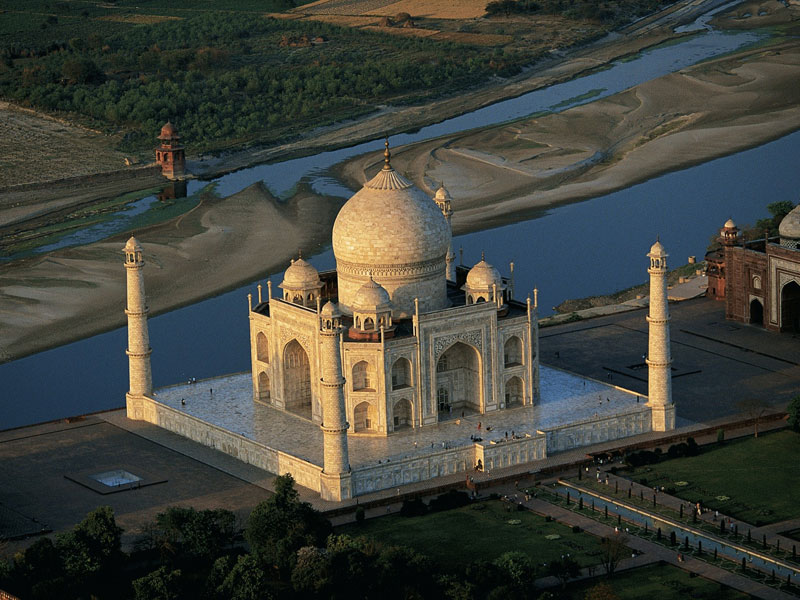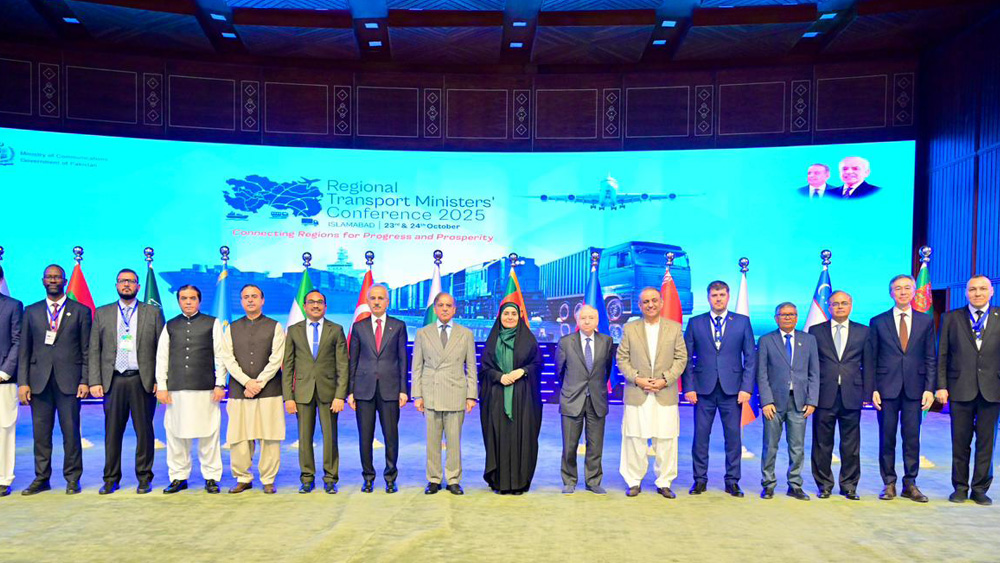ISLAMABAD: A fresh controversy has erupted in India after veteran Bollywood actor Paresh Rawal shared a poster for his upcoming film “The Taj Story,” depicting a statue of the Hindu deity Shiva emerging from the dome of the Taj Mahal. The imagery has drawn criticism for distorting historical facts and reviving long-standing claims that challenge the monument’s Mughal origins.
Rawal faced heavy criticism from social media users who called the imagery misleading and disrespectful. Following the backlash, he released a clarification on behalf of the production team. The statement said the film was not religious in nature and did not claim that the Taj Mahal was built on the site of a temple.
British historian William Dale Rumpel also weighed in, dismissing the claims that the Taj Mahal replaced a Shiva temple as “ridiculous and malicious nonsense.”
The Taj Mahal, built in the 17th century by Mughal Emperor Shah Jahan as a mausoleum for his wife Mumtaz Mahal, has repeatedly been the subject of political and historical disputes in India. Critics say the disputes are fueled by attempts to rewrite history.
The controversy traces back to a 1989 book by a self-proclaimed historian who argued that the Taj Mahal site once hosted a Hindu temple. The claims have since resurfaced periodically, with some Indian political figures demanding investigations into the monument’s origins.
In 2022, petitioner Rajneesh Singh asked the High Court to open 22 locked rooms of the Taj Mahal in search of Hindu idols. That same year, Bharatiya Janata Party lawmaker Diya Kumari claimed the land on which the Taj Mahal stands belonged to her ancestors.
Despite repeated disputes, the monument continues to be recognized globally as a UNESCO World Heritage Site and one of the most famous symbols of love.






